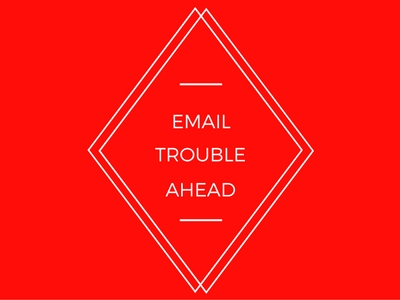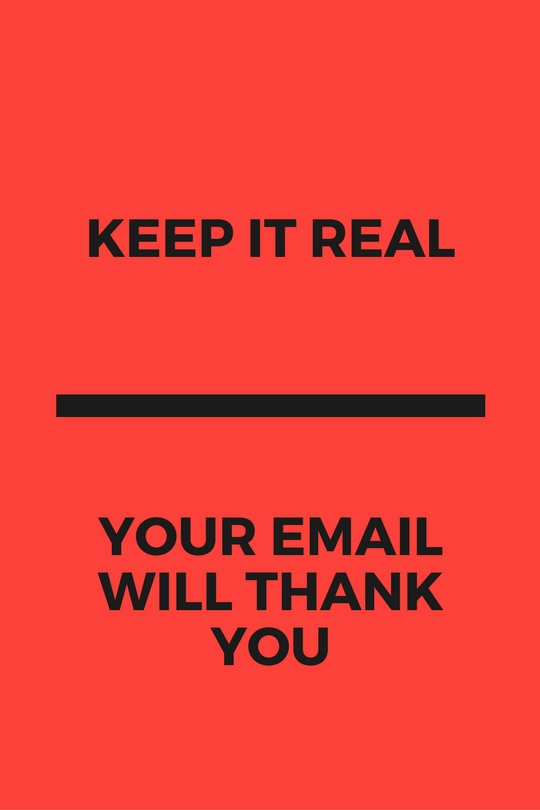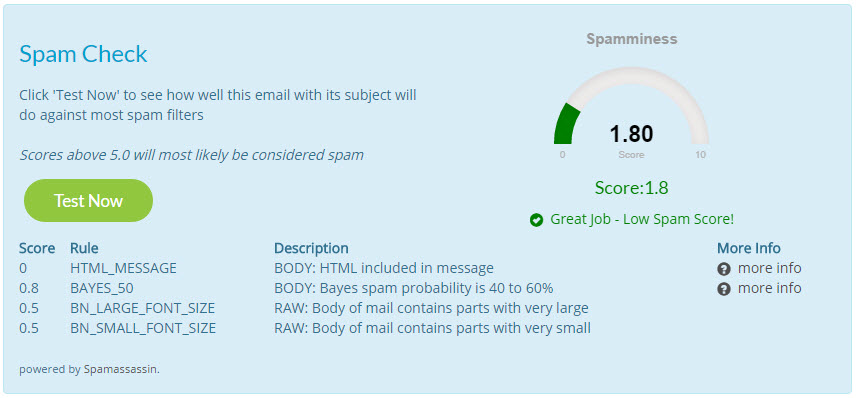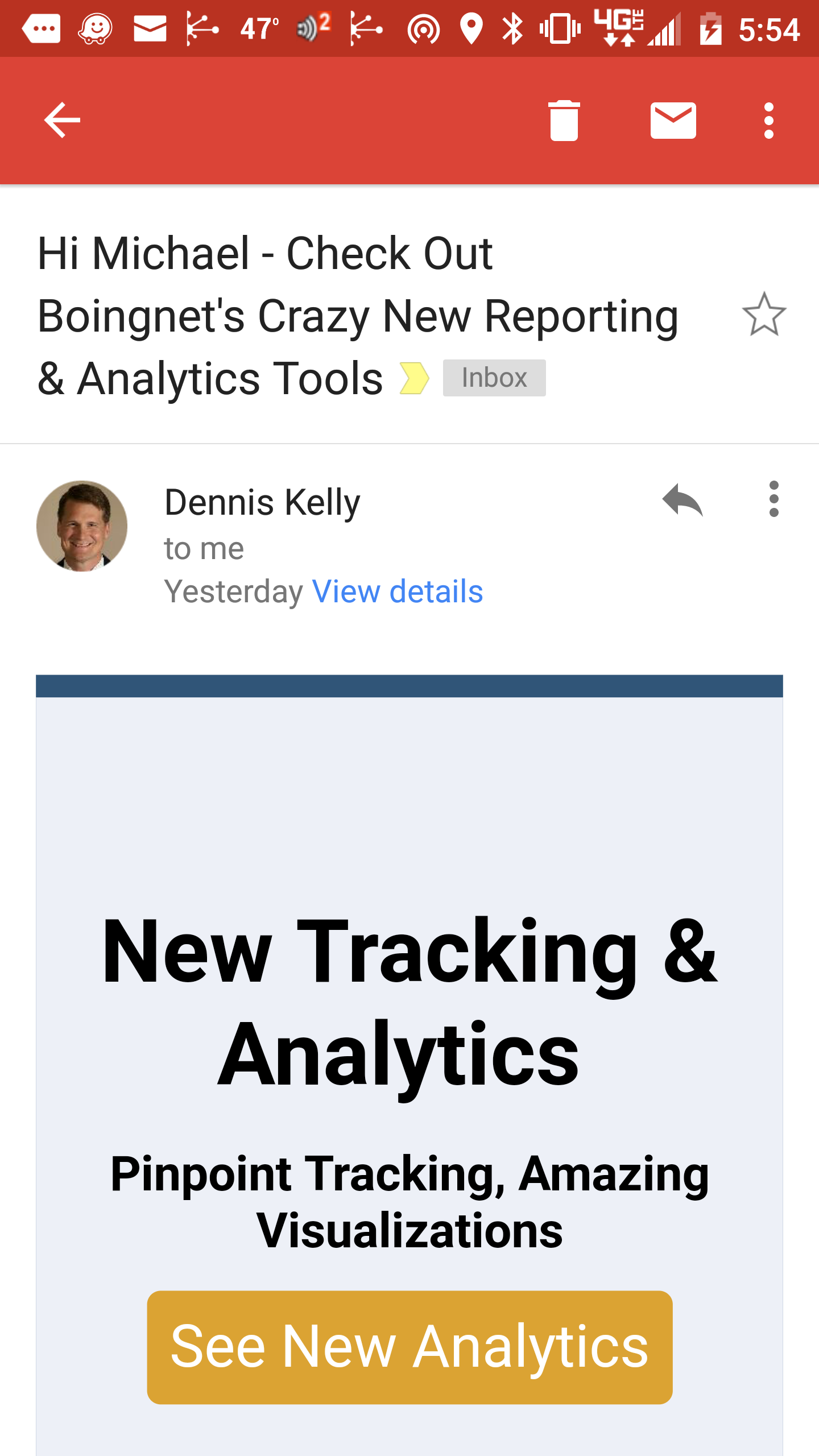7 Easy Best Practices To Avoid Spam Filters
Marketers often get put in a tough bind. They need to avoid spam filters in order to deliver messages that generate leads. However, they often get lists that don’t comply with the policies of their email marketing or marketing automation vendors. In fact, VERY common list gathering tactics are in direct violation of the terms of service or acceptable use policies of major platforms like Constant Contact, MailChimp and HubSpot.
This marketing quandary was the focus of a presentation at the Marketing Technology Summit by Boingnet CEO Dennis Kelly titled “Outbound Email – How To Stay Out Of The Spam Folder And Generate Leads“.
Normal, Every Day Lead Generation Can Lead To Email Trouble
Email deliverability concerns cause email and marketing automation platforms to develop highly restrictive usage agreements. These email software providers require that their users have attained explicit consent to send email to EVERY contact in EVERY list. Some even require verification of such consent. The penalties for violation are vague, but the vendors reviewed reserve the right to suspend or terminate accounts. What types of lead generation activities can cause such violations?
- Salespeople typing leads into CRM systems
- Tradeshow, conference or networking event lists
- Purchased lists, regardless of opt-in status
Essentially, these platforms want marketers to only send email to leads generated via inbound marketing tactics. The problem is, experts say it takes about 6 months to develop leads this way. Your salespeople aren’t that patient. So, what’s an outbound marketing pro to do?
#1- Avoid Spam Filters By Acting On Unsubscribes & Bounces Quickly
 The U.S. CAN-SPAM law gives marketers 10 days to remove unsubscribes from email lists. Don’t wait that long. If you continue to email folks who’ve unsubscribed, they are 57% more likely to mark subsequent emails as spam.
The U.S. CAN-SPAM law gives marketers 10 days to remove unsubscribes from email lists. Don’t wait that long. If you continue to email folks who’ve unsubscribed, they are 57% more likely to mark subsequent emails as spam.
Bounces happen when you send to an invalid email address. If you keep sending to them, spam filters will will flag you. As your bounce rate approaches 5%, more and more of your email will be forwarded to spam folders.
Good email marketers will automatically suppress unsubscribes and bounces instantly. Make sure your systems work in real time, with no delays.
#2 – Clean Up Your List With Verification And Hygiene Services
Research shows that email lists deteriorate at a rate of about 2% per month. People leave jobs, change ISP’s and open new email accounts every day. With 5% bounce rates causing email to go to spam, marketers need to be proactive. Email verification platforms like BriteVerify can help you avoid spam filters by identifying invalid emails before you send to them. Boingnet has recently announced a partnership with BriteVerify that makes email verification easy and affordable.
Hygiene services will scrub a list for potential spam traps, fraud threats and other problems. We recommend using hygiene services for all purchased lists. When you send emails to people who’ve passed away or are a part of a hacked list, you look like a spammer. Contact us if you’d like to learn more.
More and more online forms are filled out by mobile phone users. Recent studies by BriteVerify indicate that mobile form fills are twice as likely to include invalid email addresses. The “fat finger” problem is real.
#3 – With Email Infrastructure – Keep It Real

Imagine if you learned that a person wasn’t who they said they were? You’d lose trust in them pretty quickly. Email infrastructure works the same way.
To avoid spam filters, you need to make sure the technology underlying your campaign is sending clear signals about who the campaign is from. Why? Because spammers try to impersonate others. Here’s a list of things you can do:
- Send from a domain closely related to the brand. It’s best to buy a vanity domain that can be used for outbound email, like “tryboingnet.com” or “getboingnet.com”. Don’t send from a shared domain or non branded domain like “Swab-its marketing@superbrush.com via pmta154.dedicated.bmsend.com” (recently found in spam folder).
- Authenticate Yourself. Set up custom SPF and DKIM records for your sending domain. These enable receiving mail servers (and spam filters) to verify who you are. Without them, you are less trustworthy. Gmail cites authentication as one of its top recommendations for helping to avoid spam filters. Don’t know what SPF and DKIM records are, or how to set them up? You’re not alone. Your email sending platform should do it for you when you set up your domain.
#4 – Avoid Spam Trigger Words – Test Your Emails
There are many words in subject lines or email bodies that can trigger spam filters. We all know that treatments for certain medical conditions contain spam trigger words. (The 50+ year old male author can verify.) It’s easy to get tripped up with more common words that trigger spam. Everyday terms like “Clearance”, “Sale”, “Guarantee”, “Gift” and others can land you in a spam filter.
Test your emails through free, online spam testing engines. Boingnet has integrated with SpamAssassin for easy spam testing. Other tools include mail-tester.com and Postmarkapp. Each can help avoid spam filters by identifying words that can cause problems.
#5 – Make Unsubscribing Easy To Avoid Spam Filters
This seems illogical. Marketers know that unsubscribes shrink their lists. Smaller lists means fewer leads. And marauding salespeople.
However – unsubscribes don’t hurt your email sender reputation. Spam reports do. According to new research from Litmus & Fluent – 50% of consumers have marked email as spam because they couldn’t easily figure out how to unsubscribe.
Put a prominent unsubscribe link in the footer of your email. Keep the font size and color legible. Think of each unsubscribe as a potential spam report avoided.
#6 – Send A Compelling Welcome Email
Getting email recipients to engage quickly is the best way to ensure they don’t hit the spam button. A great way to engage is to send a compelling welcome email with an offer of something of value. First impressions matter.
Welcome emails have an average read rate of 34%. That’s 42% higher than the average read rate of 24% for all other types of emails according to a recent study by Return Path. Recipients who opened your first email are 64% more likely to respond to subsequent emails.
Finally – ask recipients to add you to their “safe sender” or contact lists. Those who comply will ensure you’ll never be routed to spam. Like anything else, recipients won’t do it unless you ask them to.
#7 – Use Mobile Friendly Emails And Landing Pages
Design for “Fat Thumbs” & Strained Eyes.
The user experience of email recipients has a huge impact on engagement and behavior. If you aren’t designing for mobile, you are losing a huge part of your audience. We often recommend to design for “mobile first”. Responsive design should be used by everyone at this point. Unfortunately, we all get emails every day that aren’t responsive.
According to the Litmus/Fluent Study 43% of consumers have reported junking emails because they didn’t display or work well on smartphones, while 57% report unsubscribing. Your audience isn’t patient.
Use large fonts (16 or 18 pixel size for paragraphs) and create big buttons that are easy to click.
Marketers that invest in mobile friendly email, but ignore the landing page experience, risk frustrating their audience. Frustrated audiences unsubscribe and mark messages as spam.


